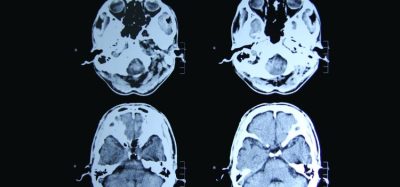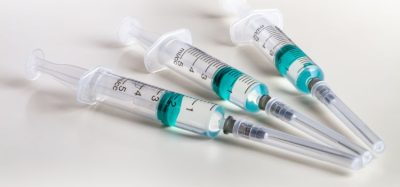Analysis of chiral compounds using supercritical fluid chromatography
Posted: 12 June 2024 | Catherine Eckford (European Pharmaceutical Review) | No comments yet
Sub/supercritical fluid chromatography is becoming a “dominant” technique for enantiomeric separation, especially purification, the researchers explained.


A study comparing sub/supercritical fluid chromatography (SFC) to normal phase high-performance liquid chromatography (NP HPLC) has reported that amylose tris (3‑chloro-5-methylphenylcarbamate)-based chiral stationary phase offers a “powerful” tool for enantioseparation of various biologically active compounds with these analytical techniques, according to Folprechtová et al.
The authors explained that there is “increasing emphasis” on expanding the range of chiral compounds for separation using a single chiral selector, as well as optimising and shortening the separation time of enantiomers using various analytical methods.
Therefore, the researcher’s primary goal was to evaluate the enantioselective potential of amylose tris(3‑chloro-5-methylphenylcarbamate)-based chiral stationary phase on a set of chiral acidic, basic, and neutral biologically active compounds in NP HPLC and sub/supercritical fluid chromatography.
As such, the study evaluated how the amount and type of organic cosolvent and additives influenced the retention and enantioresolution on a set of nineteen chiral biologically active compounds.
A further intention of the research was to show how different organic modifiers and additives in the mobile phase can affect the retention and resolution of the tested enantiomers, the paper stated.
Folprechtová et al. noted that using an isopropylamine alone as a basic additive, or a combination of trifluoroacetic acid and isopropylamine was needed in the mobile phase to generate baseline separations for most of the ionisable enantiomers tested.
Enantioselective potential – results from the chromatography study
data demonstrated overall higher enantiorecognition ability in sub/supercritical fluid chromatography”
In the mobile phases, use of basic or mixed additives “significantly improved enantioseparation and peak shape of different compounds”, the authors wrote. This was especially apparent with β-blockers.
High enantioselective potential of the chlorinated amylose-based chiral stationary phase in both chromatographic techniques was observed. Furthermore, the data demonstrated overall higher enantiorecognition ability in sub/supercritical fluid chromatography.
The research paper describing the study on these analytical techniques was published in the Journal of Chromatography Open.









